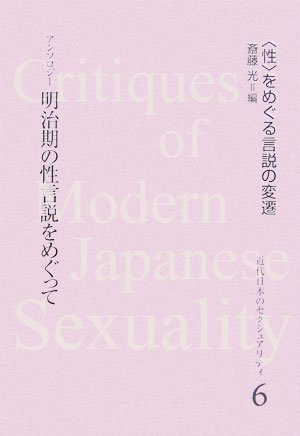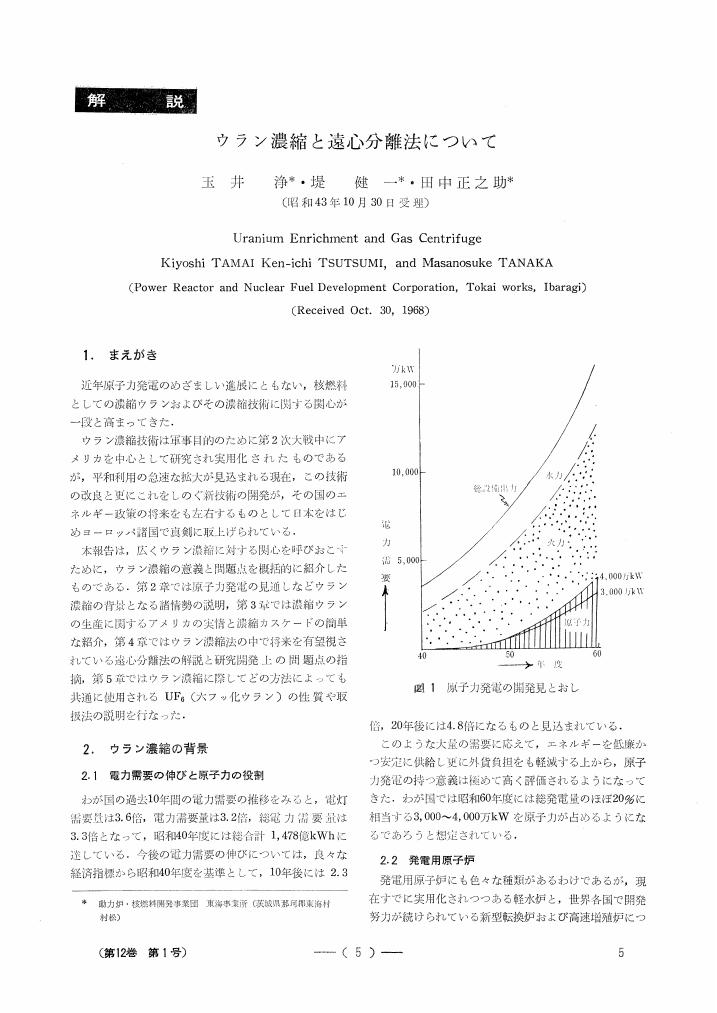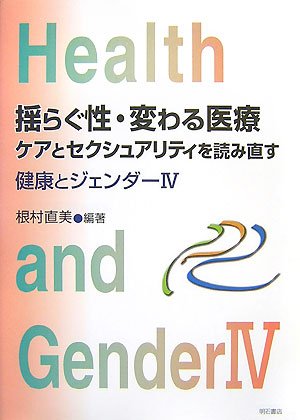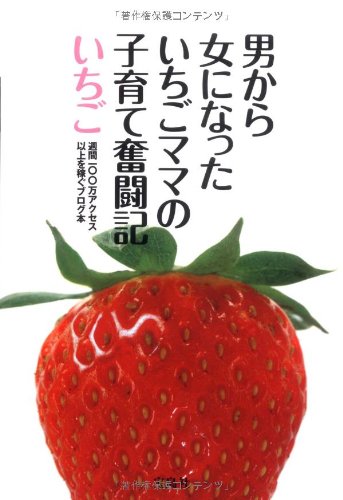- 著者
- 阪 彩香 伊神 正貫
- 出版者
- 科学技術・学術政策研究所
- 巻号頁・発行日
- 2015-12 (Released:2015-12-15)
4 0 0 0 IR 非入所のような,そうでないような : あるハンセン病回復者のライフストーリー
- 著者
- 福岡 安則 菊池 結
- 出版者
- 埼玉大学大学院人文社会科学研究科
- 雑誌
- 日本アジア研究 = Journal of Japanese & Asian studies : 埼玉大学大学院文化科学研究科博士後期課程紀要 (ISSN:13490028)
- 巻号頁・発行日
- vol.13, pp.89-103, 2016
ハンセン病回復者,A さん(本人が匿名を希望)とは,2015年1月12日「あおばの会(東日本退所者の会)」の新年会で知り合った。そのときのちょっとした会話では,「飼い犬を連れて多磨全生園に入所したいんだけど,犬はダメだと言われて困っている」とのことであった。聞き取りをお願いし,2015年2月16日,関東地方の某県にお住まいのご自宅を訪ねた。聞き手は,福岡安則,菊池結。同席者が「ハート相談センター」の内藤とし子。聞き取りのあいだじゅう,Aの全生園入所の阻害要因となっている愛犬のダックスフントが,わたしたちにじゃれついていた。聞き取りの場での A の第一声は,「わたしは,全生園には入ってないんです。入院だけ。『そんなとこ入るんだったら,おれ,死んじまう』って言ったら,『いま,いい薬ができたから,ちゃんと約束を守ってきちんと薬を服用するんならば,療養所に入らなくていい』って,東大病院の先生に言われた。そして,うんと悪いときだけ全生園に入院してたんですよ」というものであった。A によれば"入所"ではなく"入院"だから,園内の寮舎に自分の部屋をあてがわれることはなかったし,病棟での治療がすめば速やかに娑婆に戻り,東大での通院治療を続けたというのだ。A の戸籍上の生年は 1934(昭和 9)年1月。2015年の聞き取り時点で81歳の男性。京都府北部の山村の貧しい農家に生まれ育つ。13歳で大工の住込み小僧となる。東京へ出てきて大工をしている22歳のときにハンセン病を発症。近くの病院で診察を受けるが,2ヵ月後,東大病院へ送られる。そこで東大の医師とのあいだで,上述のやりとりがあり,1956年の時点で「ハンセン病の通院治療」を受ける身となった。――そしていまでは「退所者給与金」をもらっている。この「非入所のような,そうでないような」の語り手,A と対照的な体験をしたのは,「『1日おきに薬を取りに来い』では勤めが続かず」(本誌第12号)の語り手,稲葉正彦(園名)であろう。稲葉は1934年生まれで, A と同い年である。稲葉が菊池恵楓園に収容されたのは1965年であり,A が東大病院に通院を始めたのが1956年だから,9年も後のことである。かたや,阪大で「1日おきに薬を取りに来い」と言われて,勤めの継続の断念,療養所収容,離婚,終生の療養所暮らしに追い込まれたのにたいして,かたや,それより早く9年も前に東大で「1週間に一度,薬を取りに来い」と言われ,ハンセン病関連の外科治療を要するときに「全生園に入院」しただけの「通院治療」を全うし,娑婆での大工職人としての仕事を最後までやり遂げ,「内縁」関係の妻とも添い遂げた。――A の事例は,「らい予防法」による「強制隔離政策」の過誤をあますところなく実証している実例であろう。わたしは,稲葉正彦の聞き取り事例だけを見ていたときには,彼に対する阪大の医師の対応は時代的制約ゆえのやむをえざる儀と判断していた。 だが,A の語りと突き合わせるとき,必ずしもそうは言えまい。9年も前に大工仕事を継続しながらの通院治療を認めた医師がいたのだ。医師「個人の資質」の違いが,きわめて大きい。同時に,そのような個人的資質が発動しうる環境いかんは,個々の医師が属する「教室・医局の意識構造」の 問題でもあったであろう。それにしても,A は幸運だった。しかしその A にして,「らい予防法」 にもとづく「強制隔離政策」「無らい県運動」が張り巡らしていた,いわば"蜘蛛の巣"から自由であったか/あるかというと,残念ながら「否」である。ひとつには,ハンセン病に罹った者は子どもをつくってはならないと思い込んでいて,内縁関係の女性が妊娠したにもかかわらず,「泣く泣く」堕胎してしまったことを,いま悔やんでいる。また,年齢を重ね身体が不自由になり,自分で自分のことができなくなったとき,ハンセン病の病歴が周囲の人にバレることへの,限りない恐怖に囚われている。We met Mr. A who was recovered from Hansen's disease at the New Year meeting of Aoba no Kai (Kanto Area Association of the Released from Hansen's Disease Facility) in January 12, 2015 for the first time. At that time, we had a brief talk and he told us that he recently tried to enter Tama-Zenshōen, Hansen's disease sanatorium in Tokyo with his dog but was told that he couldn't have a dog in the facility.We visited his home and had an interview in February 16, 2015. Interviewers were Yasunori Fukuoka and Yui Kikuchi. Ms. Toshiko Naito who came from Heart Counseling Center seated in the interview. While interviewing, his dog, a dachshund, which caused the trouble between him and the facility played around us.Mr. A's first word at the interview was, "Actually I had never entered Zenshōen. I was only hospitalized there. I said to a doctor of the University of Tokyo Hospital, 'I'll kill myself if you send me to that kind of Hansen's disease facility.' Then, the doctor told me, 'Currently good medicine of the disease is released and you don't need to enter the facility if you regularly have medicine on time.' Thus I used to be hospitalized in Zenshōen only when my health condition was really down." He also added that he did not have a room in the facility dormitory because he was released from the facility as soon as he got recovered and attended the University of Tokyo Hospital to continue to take care of his symptoms.Mr. A's birth date on his family registration record is in January, 1934. He was 81 years old at the moment of the interview. He was born to a poor family living in a mountain village in the north side of Kyoto Prefecture. He became apprentice of a carpenter when he was 13 years old. He got the Hansen's disease symptom when he was 22 years old as working as a carpenter in Tokyo. At the beginning, he got diagnose at a neighbor clinic but 2 months later was sent to the University of Tokyo Hospital. Then he began to regularly attend the hospital to take care of the symptom from 1956. And now, he is receiving the allowance from the Ministry of Health, Labor and Welfare for those who are released from Hansen's disease facility.Mr. A's experience of "Like a Non-Internee, or Somewhat Like That" is a contrast from the story of Mr. Masahiko Inaba (his alias in the Hansen's disease facility), "I Could Not Work Because the Doctor Told Me that I Need to Attend the Hospital Every Second Day for Medicines" (Vol. 12 of this journal).Mr. Inaba was born in 1934, the same age of Mr. A. Mr. Inaba was sent to Kikuchi-Keifūen, Hansen's disease Sanatorium in Kumamoto in 1965 even 9 years later than Mr. A's experience. Mr. Inaba was told that he had to attend the hospital for medicines every second day by Osaka University Hospital. Consequently, he lost his job and got divorced. Then, he was sent to the facility to live there in his life time. However, 9 years earlier, the University of Tokyo Hospital told Mr. A that he only needed to attend the hospital once in a week to receive medicines. Thus he could keep his job as a carpenter and the relationship with his common-law wife.Mr. A's case fully reveals the irrationalities of the Segregation Policy.I once judged that the doctor's decision at Osaka University Hospital was somewhat inevitable due to the restrictions of the times when I first heard Mr. Inaba's story. However, after I compared Mr. Inaba's case with Mr. A's, I realized that my judgment on the decision of the doctor in Osaka University Hospital would be wrong because there was the doctor who let Mr. A keep his job while attending the hospital even 9 years earlier.Mr. A was lucky. However, Mr. A could not avoid the wave of Segregation Policy and the Movement of Hansen's Disease Free Prefecture. That is to say, he was not fully free from the spider web of the discrimination on Hansen's disease. He had to ask his common-law wife to have abortion because he believed that Hansen's disease was hereditary. Even more he is deeply scared of the possibility that his neighbor would be aware of Mr. A's Hansen's disease history when he could not take care of himself for his age.
4 0 0 0 OA アボガドロ定数を求める実験(実験の広場:ビギナーのための実験マニュアル)
- 著者
- 宮本 一弘
- 出版者
- 公益社団法人 日本化学会
- 雑誌
- 化学と教育 (ISSN:03862151)
- 巻号頁・発行日
- vol.57, no.7, pp.336-337, 2009-07-20 (Released:2017-06-30)
- 参考文献数
- 1
4 0 0 0 音や音楽の印象評価における反意表現の検討
- 著者
- 大出 訓史 安藤 彰男 谷口 高士
- 出版者
- 一般社団法人電子情報通信学会
- 雑誌
- 電子情報通信学会技術研究報告. EA, 応用音響 (ISSN:09135685)
- 巻号頁・発行日
- vol.109, no.100, pp.55-60, 2009-06-18
視聴者満足度といった観点から音や音楽を評価する場合,その音が大きいか小さいかといった物理的な特徴量と,その結果としてどう思ったのかという聴取者の心理状態を評価する必要がある.本稿では,音の物理的な特徴量と聴取者の受け止め方という2つの観点から音や音楽を評価することを目的に,アンケート調査を実施し,「迫力のある」などの印象語に対するそれぞれの反意表現(「繊細な」や「騒々しい」)を抽出した.次に,これらの印象語を用いて評価実験を行った.対となる反意表現を変えると評価値も変わるが,どの印象が変わるかは音源に依存した.また,要因を分離するために,各印象を2次元で表記する検討も行った.従来から用いられる評価語対(「迫力のある-ものたりない」など)は,どちらの観点でも反対の意味の言葉が使われていることが多く,その評価値には,音の物理的な特徴量だけでなく,聴取者の受け止め方も含まれている可能性が高いことが分かった.
- 著者
- 末木 淳子
- 出版者
- 京都大学大学院人間・環境学研究科 社会システム研究刊行会
- 雑誌
- 社会システム研究 = Socialsystems : political, legal and economic studies (ISSN:13434497)
- 巻号頁・発行日
- vol.18, pp.219-232, 2015-03-27
4 0 0 0 暴力なき"性"へ : 特集
- 著者
- 人間と性教育研究協議会企画編集
- 出版者
- エイデル研究所
- 巻号頁・発行日
- 2010
4 0 0 0 アンソロジー明治期の性言説をめぐって
- 出版者
- ゆまに書房
- 巻号頁・発行日
- 2006
4 0 0 0 OA 伝統工芸染織品産地の現状とその諸問題について : 琉球紅型の場合
- 著者
- 日野 由希 大津 玉子 Yuki Hino Tamako Otsu
- 雑誌
- 學苑 = GAKUEN (ISSN:13480103)
- 巻号頁・発行日
- vol.805, pp.A49-A58, 2007-11-01
Our country experienced remarkable economic growth after World War II through the construction of a production system based on capitalism. Under such circumstances, many traditional technologies, which had been handed down from generation to generation orally, were judged to have low productivity from the viewpoints of sales volume and labor cost. Accordingly, the social structure for manufacturing such traditional products was decimated, and numerous precious techniques (know-hows) and technologies have disappeared. In this research, the dyeing and weaving industry was selected as a target for study, especially the industry for traditional dyeing technology Bingata in Naha-city of Okinawa prefecture. The change of the methods for the passing down of technologies before and after World War II as well as various structural and social problems the district has been experiencing, were investigated through the on-site interviews and the collection of historical materials.
4 0 0 0 OA ウラン濃縮と遠心分離法について
- 著者
- 田口 啓子
- 出版者
- 清泉女子大学
- 雑誌
- 清泉女子大学紀要 (ISSN:05824435)
- 巻号頁・発行日
- no.35, pp.p43-55, 1987-12
4 0 0 0 IR 朝鮮通信使の研究に関する史学史的考察
- 著者
- 朴 都暎
- 出版者
- 大阪学院大学国際学学会
- 雑誌
- 大阪学院大学国際学論集 (ISSN:09170561)
- 巻号頁・発行日
- vol.24, no.1, pp.1-13, 2013-12
4 0 0 0 OA 有職故実必携装束図式
4 0 0 0 京都にクルーガー図書館があった
- 著者
- 今 まど子
- 出版者
- 中央大学
- 雑誌
- 紀要. 社会学科 (ISSN:05296803)
- 巻号頁・発行日
- vol.8, pp.(57)-(87), 1998-09
4 0 0 0 OA 授業中の動機づけ調整方略と動機づけの変動性の関連
- 著者
- 梅本 貴豊 稲垣 勉
- 出版者
- 公益社団法人 日本心理学会
- 雑誌
- 心理学研究 (ISSN:00215236)
- 巻号頁・発行日
- vol.90, no.2, pp.207-213, 2019 (Released:2019-06-27)
- 参考文献数
- 24
- 被引用文献数
- 4
This study examined the relationship between motivational regulation strategies and instability of motivation during class. Eighty-two undergraduates at two universities participated via a self-reported questionnaire, which was administered at six time points during one class for a specific subject. The mean score of situational motivation was calculated as “level of motivation,” and the intraindividual standard deviation of these was calculated as “instability of motivation.” With self-efficacy, intrinsic value, and university as control variables, the results of the partial correlation analysis indicated that the level of motivation correlated positively with behavioral and emotional engagement. These results supported the validation of measuring situational motivation in this study. The results of the analysis indicated that instability of motivation correlated negatively with strategies of adding value to learning contents and focusing on performance. In other words, these results imply that the instability of motivation of undergraduates who were using motivational regulation strategies during class was small, and their situational motivation was steady. The effect of motivational regulation strategies during class on situational motivation was discussed.
4 0 0 0 揺らぐ性・変わる医療 : ケアとセクシュアリティを読み直す
4 0 0 0 IR 『華文俳句選』──瞬間を詠む中国短詩型の実験
- 著者
- 呉 衛峰
- 雑誌
- 東北公益文科大学総合研究論集 (ISSN:18806570)
- 巻号頁・発行日
- no.36, pp.(1)-(4), 2019-07-30
4 0 0 0 OA 25-J-01 質的研究の理論的サンプリングにおける理論的飽和度(自主企画)
- 著者
- 豊田 秀樹 秋田 喜代美 無藤 隆
- 出版者
- 一般社団法人 日本教育心理学会
- 雑誌
- 日本教育心理学会総会発表論文集 第53回総会発表論文集 (ISSN:21895538)
- 巻号頁・発行日
- pp.624-625, 2011-07-01 (Released:2017-03-30)
4 0 0 0 IR 護持山朝光院天性寺所蔵『天性寺聖地蔵尊縁起』および「天性寺地蔵菩薩縁起」五種紹介
- 著者
- 辻 陽史
- 出版者
- 関西大学国文学会
- 雑誌
- 国文学 (ISSN:03898628)
- 巻号頁・発行日
- no.98, pp.67-92, 2014-03






